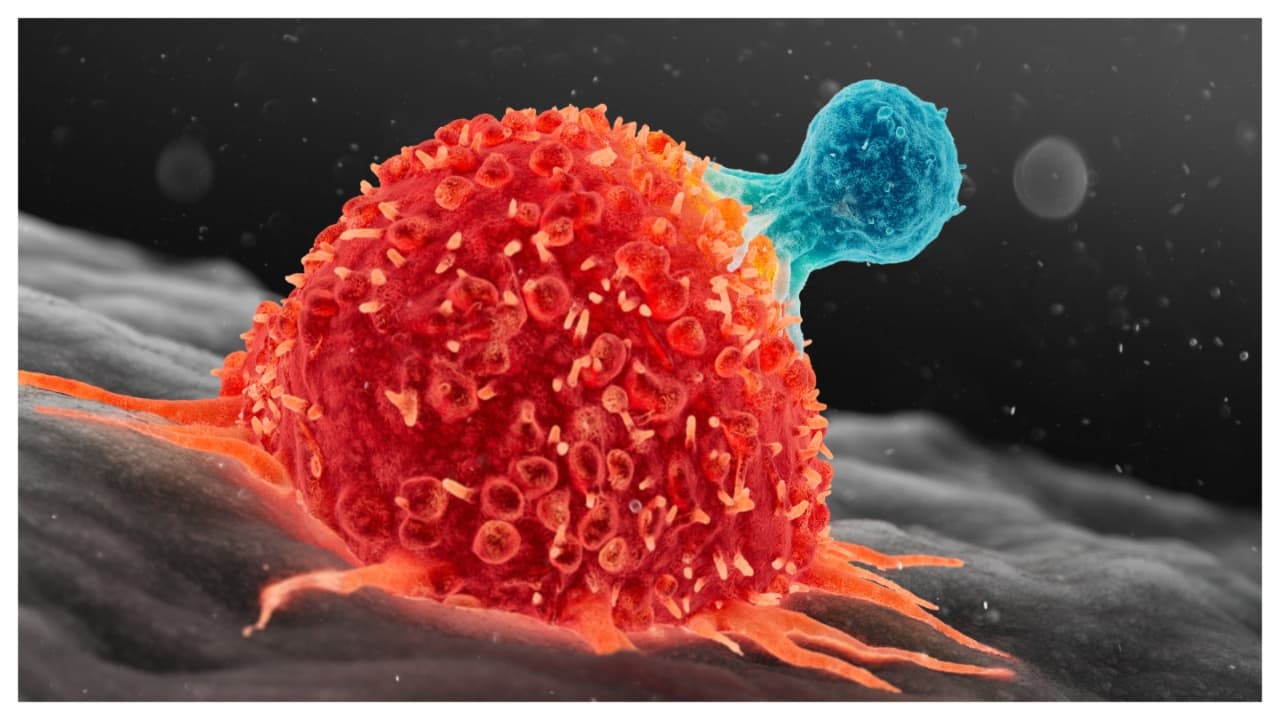Scientists at KAIST discovered a molecular switch that can turn cancer cells back to normal. Using the REVERT method, early intervention may reverse cancer, reduce side effects, and improve personalized treatments for patients.
Cancer can grow slowly or appear suddenly. It happens when cells stop following normal instructions and start behaving badly. For decades, doctors focused on killing these cells using chemotherapy or radiation. These treatments can cause serious side effects like weakness, low immunity, or other health problems. Now, scientists are exploring a new idea: what if we could turn cancer cells back into normal, healthy cells instead of destroying them?
Spotting the tipping point in cancer
Before tumors become visible, changes in a cell’s genes slowly build up. Eventually, the cell reaches a “critical transition,” where it quickly turns cancerous. This moment is similar to how water suddenly turns to steam at 100°C. Detecting this tipping point in living tissue is difficult because every cell changes at a different speed.
REVERT: a new tool to reverse cancer
Researchers at the Korea Advanced Institute of Science and Technology (KAIST) developed a method called REVERT, which stands for REVERse Transition. It records each cell’s gene activity, maps how genes interact, and predicts which changes lead to cancer. Unlike complex models, REVERT uses simple “on/off” logic for genes. This makes it easier to find which genes need adjustment to return a cell to normal.
Finding the molecular switch
Colorectal cancer was REVERT’s first test. Scientists studied patient cells and found a key gene called MYC. Turning off MYC alone helped only partially. A second gene, YY1, acted together with MYC like a toggle switch. Changing both restored normal cell behavior. Professor Kwang-Hyun Cho, leading the study, said this is the first time a “molecular switch” was found that can reverse cancer cells back to normal.
